Some time ago I created a subclass of QGraphicsView that I called MultiWidget. Its purpose was to hold some other widgets I use, which I added with addWidget to the QGraphicsScene associated to my MultiWidget.
The idea was, that MultiWidget should present a "notebook like" view of all these added widgets, displaying them from top to bottom, one under the other and give (as an extra gimmick) a little green knob, with which the widget could be toggled between hidden and displayed:
Now I tried to add a new widget GPURenderWidget, derived from QOpenGLWidget with addWidget method of MultiWidget, which worked first seemingly without error. But: The content of the GPURenderWidget which is displayed through paintGL does not get displayed properly on the pane of the MultiWidget: An initial picture is shown, but albeit new frames are generated in a sequence of paintGL calls in GPURenderWidget, the view in MultiWidget does not get updated (the following is the still view that is presented):
I already set the viewport of my MultiWidget to OpenGL-form via
setViewport(new QGLWidget(QGLFormat(QGL::SampleBuffers)));
Am I forced to abandon this approach? And what would be the best alternative? Should I create a GPURenderItem derived from QGraphicsItem and add that to QGraphicsView via addItem() ? But I would prefer to let GPURenderWidget remain a QOpenGLWidget so that it can be used as a standalone widget on other places. Or must I sacrifice the whole MultiWidget-approach with addWidget to a QGraphicsScene?

